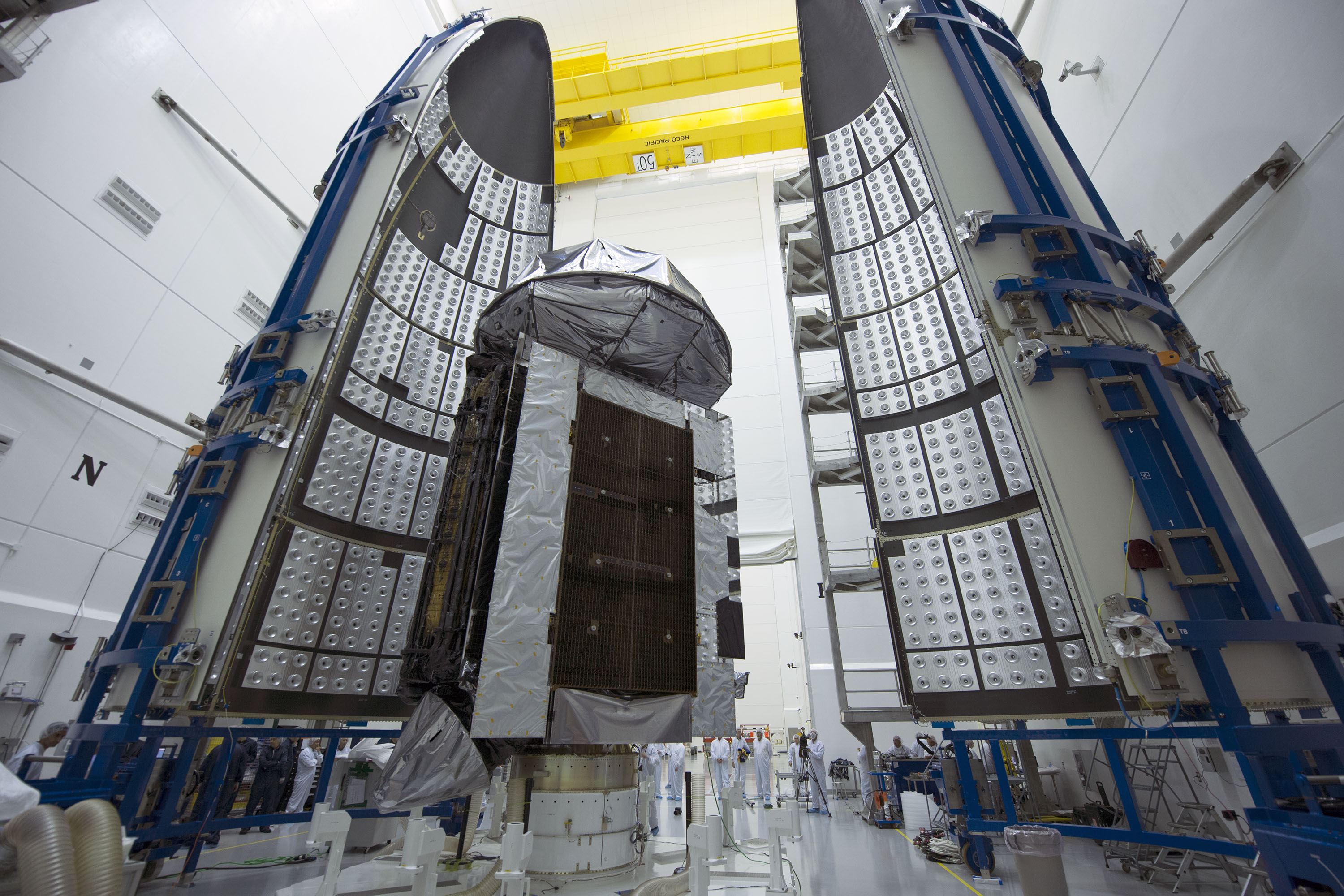
Fourth MUOS Satellite Prepares for Launch
The Navy’s fourth satellite of its planned next generation communication constellation is being ready for a planned launch later this…
Copyright 2024 U.S. Naval Institute. All Rights Reserved.